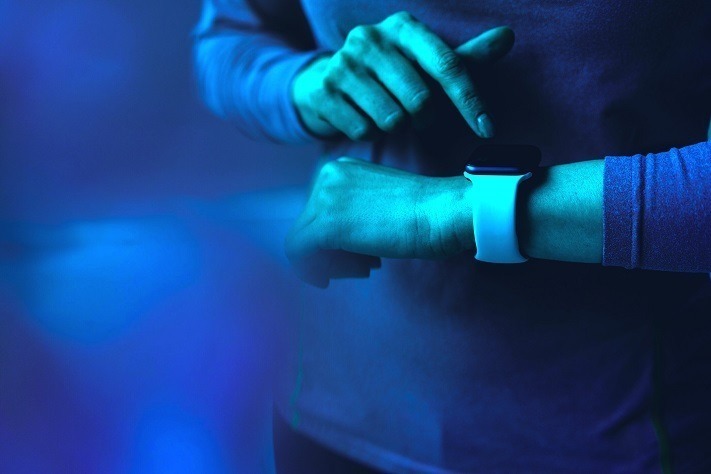Study: Wearable sensors and machine learning may well (one day) help detect a broad range of epileptic seizures
 Wearable Device Clears a First ‘Milestone’ in Seizure Detection (Medscape; requires subscription):
Wearable Device Clears a First ‘Milestone’ in Seizure Detection (Medscape; requires subscription):
A wrist-worn device that uses machine learning accurately detects different seizure types in findings that have the potential to revolutionize the management of patients with epilepsy.
“We have set a first benchmark for automatic detection of a variety of epileptic seizures using wearable sensors and deep-learning algorithms. In other words, we have shown for the first time that it’s possible to do this,” study investigator Jianbin Tang, MA, Data Science Project Lead, IBM Research Australia, Victoria, told Medscape Medical News.
Accurate monitoring of seizures is important for assessing risk, injury prevention, and treatment response evaluation. Currently, video EEG is the gold standard for seizure detection, but it requires a hospital stay, is often costly, and can be stigmatizing, said Tang.
Recent advances in non-EEG wearable devices show promise in detecting generalized onset tonic-clonic and focal to bilateral tonic-clonic seizures, but it’s not clear if they have the ability to detect other seizure types…
The researchers don’t expect wearable technology to totally replace EEG but see it as “a useful complementary tool to track seizures continuously at times or in settings where EEG monitoring is not available,” said Tang.
The Study:
SEIZURE DETECTION USING WEARABLE SENSORS AND MACHINE LEARNING: SETTING A BENCHMARK (poster presented at the Annual Meeting of the American Epilepsy Society). From the Abstract:
- Conclusion: Automatic epileptic seizure detection using machine learning and wearables data is feasible. Preliminary results show better-than-chance seizure detection across a broad range of epileptic seizures. Future improvements may consider clinical chrono-epileptological variables, such as seizure duration, semiology, and etiology or syndrome, and alternative data balancing, pre- and post-processing, fusion and ensemble learning methods. Thus, while findings suggest feasibility, performance following future adjustments may improve further.
News in Context:
- Special Issue: Seizure detection and mobile health devices in epilepsy
- Study: Brain scans mapping language and memory areas can help guide epilepsy-related surgeries
- Seizure detection at home: Do devices on the market match the needs of people living with epilepsy and their caregivers?. From the Abstract: … Currently marketed devices are focused primarily on the recording of non–electroencephalography (EEG) signals associated with tonic?clonic seizures, whereas the detection of focal seizures without major motor features remains a clear evidence gap. Moreover, there is paucity of evidence coming from real?life settings. A joint effort of clinical and nonclinical experts, patients, and caregivers is required to ensure an optimal level of acceptability and usability, which are key aspects for a successful continuous monitoring aimed at seizure detection at home.


